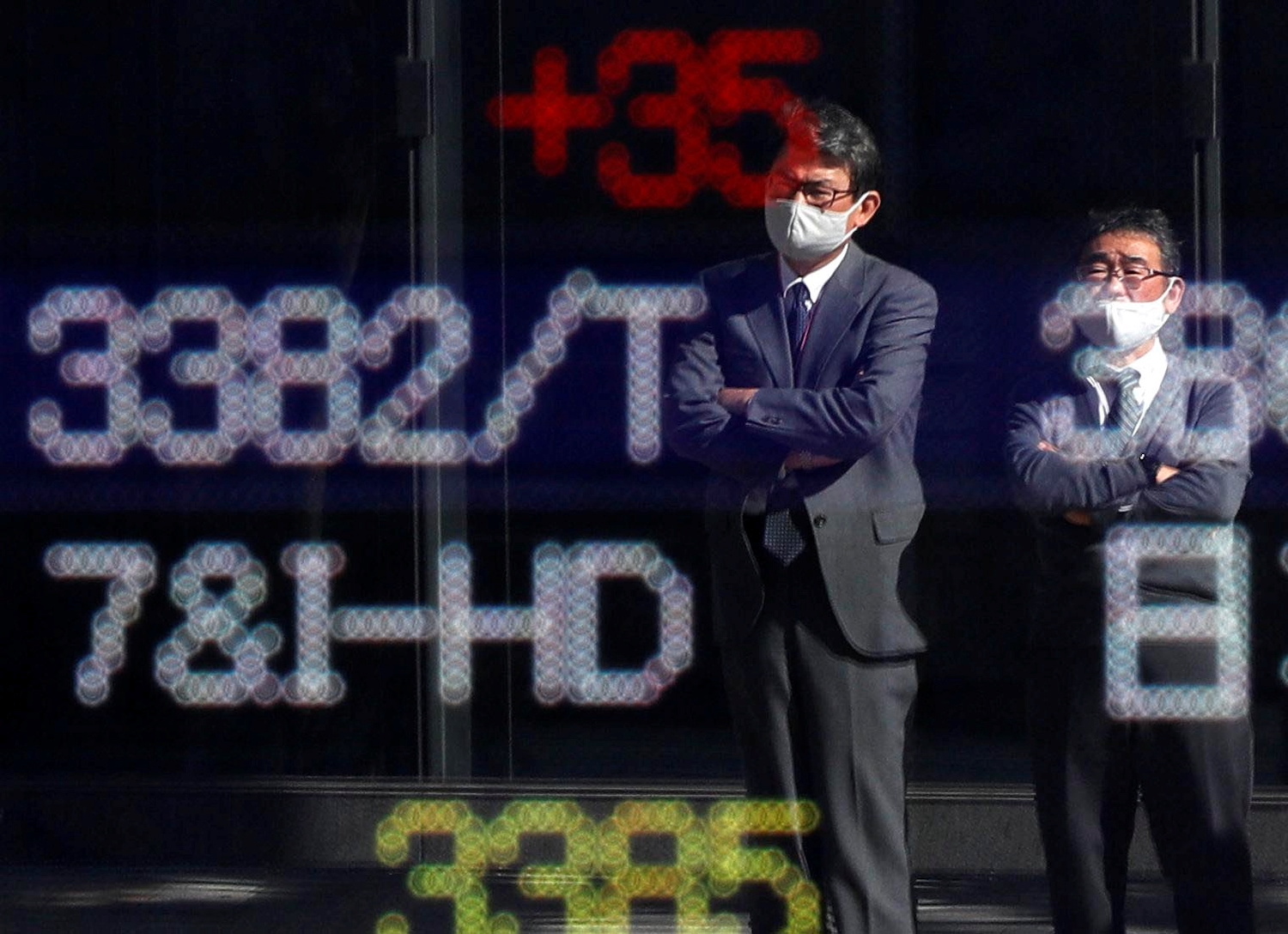(ATF) Managing a public pandemic policy involves many of the same skills as managing a private investment portfolio. Both require good data, a solid understanding of probability and statistics, and the ability to make decisions and implement actions that will measurably improve your results. In this article, I share just four of the many lessons I’ve taken away from the success and failure of Covid-19 response policies around the world so far, and how I might apply them to improving my investment process.
Lesson 1: Enforcement really does matter
So far, eastern cities have seen infection and death rates from this virus that are orders of magnitude lower in than those in comparable western cities. The most obvious difference, to me at least, is the difference in enforcement of quarantine and contact tracing measures. For example, those of us who have returned to Hong Kong since mid-March recognise the wristband strapped on arrivals from outside our 1,070 sq km territory, ensuring these potential carriers stay inside their home or hotel room for all 14 days. By contrast, the US CDC guidelines seem to require more self-judgment and self-regulation on the part of individual citizens, and there have been many hurdles to enforcing isolation measures that could have easily prevent the spread of the virus from one city to another.
Failure to arrest 1% of drunk drivers might result in a tragic but small increase in traffic fatalities. Failure to enforce just 1% of quarantines can quickly result in an exponential outbreak of a highly contagious virus.
Lesson: Plans are only as good as their implementation. Have a policy for reducing risk in your portfolio but, more importantly, make sure you are consistent in applying it.
Lesson 2: Most people haven’t mastered probability and statistics
Suppose we are confident that 1% of a given city’s population has the virus. Then assume we have a test for this virus what would catch 99% of positive cases, but also has a 3% “false positive” rate (meaning 3% of people without the virus would still test positive). If a random person from that city tested positive, what is the probability that person actually has the virus?
Many highly educated news consumers, and even many of our policymakers, are likely to roll their eyes at such a question and think “oh no, another one of those maths problems I used to hate in school”. This is very unfortunate, since many of the most important skills needed to manage risk and make decisions require that we understand how to calculate our “odds” and what changes best improve those odds. I don’t know anyone who doesn’t want to improve their odds, but how many are actually interested in understanding how to calculate them? Given how small the percentage of news coverage is that covers numbers like these, I would guess very few.
The answer: there is actually only a 25% chance that the random person who tested positive in the above question actually has the virus. That might seem like a far from perfect result, but from a policy point of view, it might make far more sense to isolate four times as many citizens as actually have the virus than to simply “fly blind” and impose restrictions on everyone without any tests. Being able to weigh the pros and cons of different policies by their numbers to a statistically literate public would ensure far more sincere adherence to guidelines than simply issuing guidelines with no supporting data.
Lesson: Practice probabilistic thinking, and apply it regularly to improving your odds of success, in both health and investing.
Lesson 3: Focus on what works
For decades, I’ve seen many consumer products advertise what they “fight”. Mouthwashes and toothpastes “fight germs”, diet foods aim to “fight fat”, but as a consumer, I only care if these products actually win those fights. Plenty of posters now ask the public to “fight the virus”, listing many measures with varying degrees of effectiveness. As mentioned earlier, I believe strict enforcement of quarantines for anyone who might possibly bring Covid-19 back into Hong Kong has been by far the most effective measure to keep our case numbers here as low as they have been so far. As winter approaches, the old-style “nine grid hot pot” should give us another reminder of how to keep the virus from spreading: by having solid walls between the different cells, we ensure that ingredients from one cell don’t contaminate the others.
In November, many Hong Kong families saw cases of upper respiratory tract infections circulate quickly in many communities, despite all the mask-wearing and dining limitations that were supposed to protect us. If an infection like that, which gets far less attention than a coronavirus, could still spread despite all the precautions, clearly some precautions aren’t working as well as others. If the infection were “scary” enough, we should identify and isolate those cases from traveling to other parts of town, rather than simply shutting down all parts of town that don’t have it.

Given that less than 0.1% of Hong Kong’s population have ever tested positive for the virus, and 90% of those have already recovered, the probability of a Hong Kong resident coming within 100 metres of an active case on a given day, even if we went out looking for one, is remarkably small. The problem is, without more testing, we really don’t know how much measures like outdoor mask wearing and early restaurant closures are anything more than cosmetic. Our focus should be on identifying and isolating those few positive cases as efficiently as possible, rather than trying blanket measures that accomplish little. Many mainland cities, as well as the National Basketball Association in the US, have effectively created virus-free bubbles, where testing and isolation allowed activities inside those bubbles to mostly return to normal.
Many anti-virus policy measures I’ve seen around the world seem more geared towards giving the impression of “doing something” rather than “doing what works”. This is of course a problem we often see in the investment profession as well, where brokers often have an incentive to show a client that they are “doing something”, even if doing nothing would be the better investment decision.
Lesson: Once you’ve taken care of the major risks, focus on trimming down your portfolio to the positions with the highest return on investment, and your schedule to the activities with the highest return on effort. Doing less has advantages over doing more.
Lesson 4: Convenience and conformity are powerful forces
While I try my best to not judge non-medical professionals who wear those disposable blue masks, I continue to notice that those seem to remain the choice of the vast majority of people I see walking around the streets of Hong Kong. Given that the rest of my clothes need to go into the laundry anyway, I early on found that washable masks not only reduce solid waste, but are far more comfortable to wear for long stretches day after day. Given that even the highest quality reusable masks are relatively inexpensive compared with either boxes of disposables or other items of clothing, I’ve also been adventurous at trying different designs and colour patterns.
Several colleagues have told me that they simply find the disposable masks more convenient, and that most citizens simply want to put on the mask that’s there and move on with their day rather than think of how to make a fashion statement out of it.
As with the choice of mask, many investors also fall back on convenience and conformity in their investment portfolios. Many employees have their defined contribution retirement plans invested in the default option, many bank customers buy funds that are easily available at their bank, and many insurance customers add an expensive savings component to their policies. In general, none of these “default” choices are the best choice for the investor’s own needs, but financial firms have profited handsomely for making these “fast food” investment choices very easy to enter, and to make them seem like what “everyone else is doing”.
Lesson: You have many choices for how to improve your investment portfolio, if you are interested enough to deviate from the defaults.
Conclusion
The only thing worse than a bad policy is a bad policy from which we don’t learn any lessons. That’s true in both investing and in public health. By insisting on clear quantitative evidence of what works and what doesn’t, and focusing efforts on what works rather than whatever everyone else happens to be doing, we can be far more confident that the future of our health and wealth are prepared for the next shocks.
























